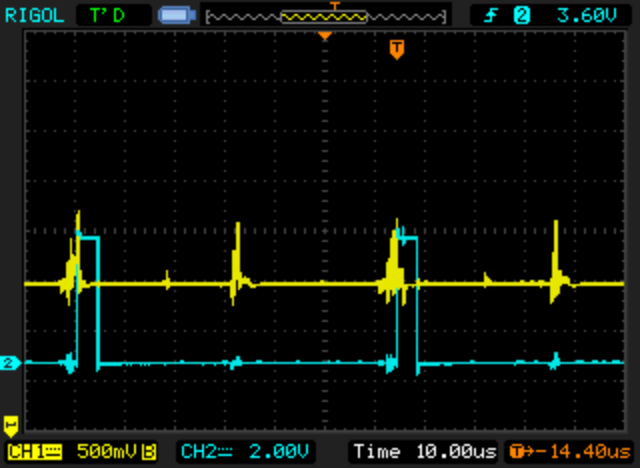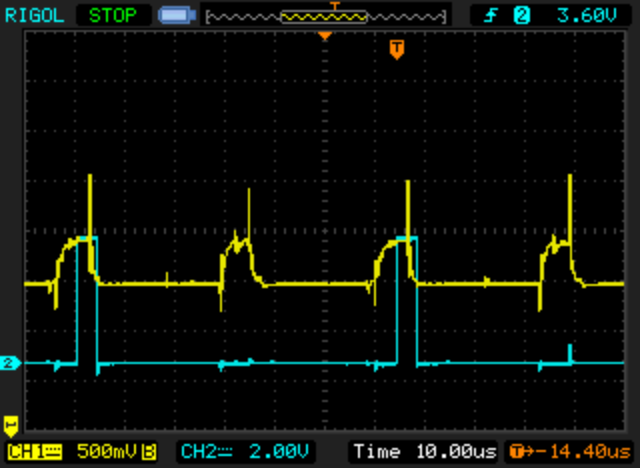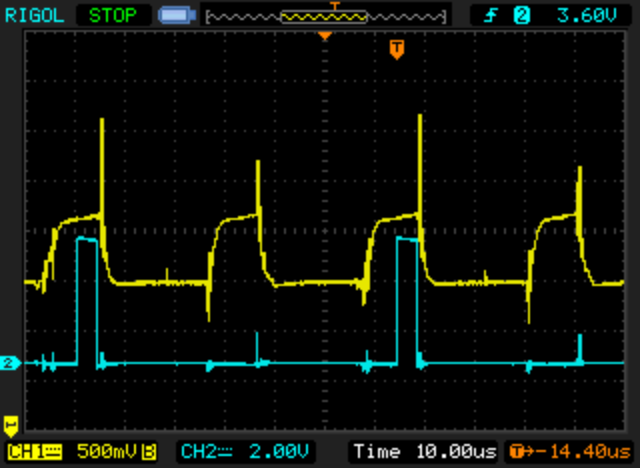casainho
10 GW
- Joined
- Feb 14, 2011
- Messages
- 6,045
Some bad news...
I have 2 ebikes using LCD5 and just now I figured out that one of them is really different and don't fully work (probably has a different firmware version).
I could understand that when I changed some parameters and suddenly changing the assist level stopped to work. Does anyone knows if is possible to reset all the options on LCD??
I found that the checksum on this LCD was different after I changed that parameters, so, I think in reality we are considering that is the checksum/CRC but it is not or we are doing it incorrectly. Ignoring the checksum, I got the assist level working again but I see that battery bars are always full while If I change for the other LCD, battery bars do work as expected, so, on this LCD, the battery level indication is not working :-(
Note that I configured this LCD to used the latest protocol, just like the other LCD5 that works well.
I have 2 ebikes using LCD5 and just now I figured out that one of them is really different and don't fully work (probably has a different firmware version).
I could understand that when I changed some parameters and suddenly changing the assist level stopped to work. Does anyone knows if is possible to reset all the options on LCD??
I found that the checksum on this LCD was different after I changed that parameters, so, I think in reality we are considering that is the checksum/CRC but it is not or we are doing it incorrectly. Ignoring the checksum, I got the assist level working again but I see that battery bars are always full while If I change for the other LCD, battery bars do work as expected, so, on this LCD, the battery level indication is not working :-(
Note that I configured this LCD to used the latest protocol, just like the other LCD5 that works well.










